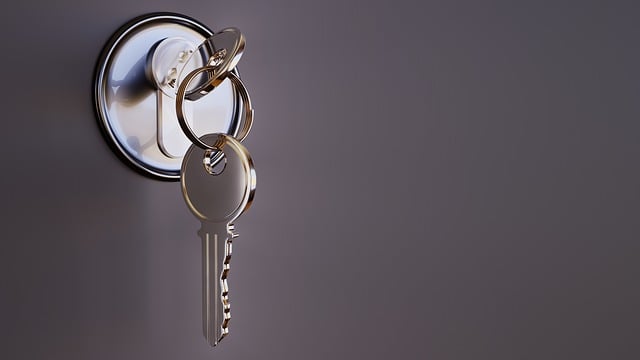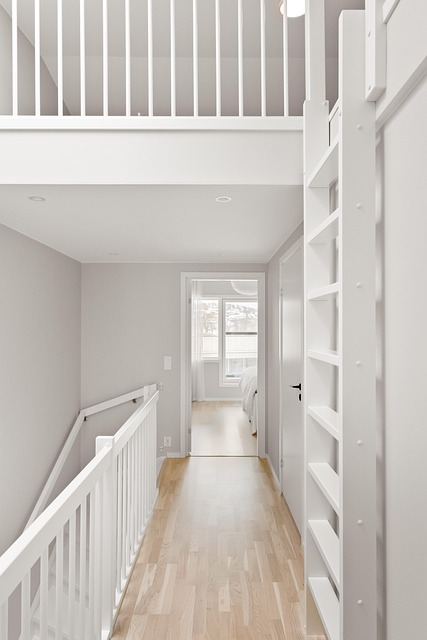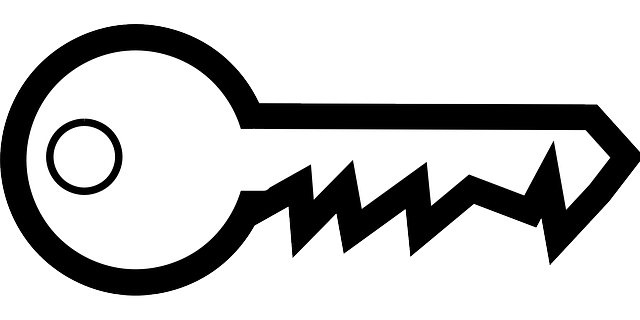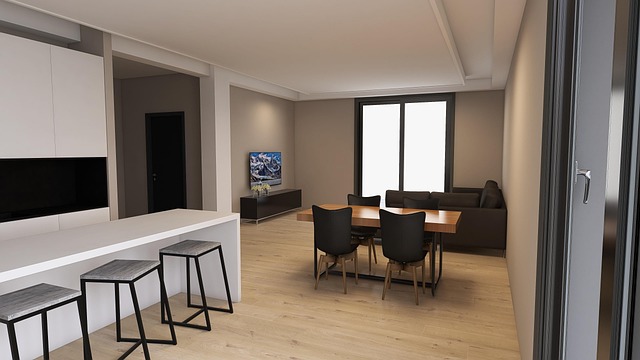Senior home safety systems integrate technology to balance convenience and security, addressing unique needs of the elderly. Essential components include medical alert systems, fall detection devices, and smart home features like senior-friendly security cameras and motion sensor lights. These innovations enhance elderly home monitoring, providing peace of mind, swift emergency response, and preservation of independence while adhering to strict privacy regulations.
In today’s digital era, combining convenience and security in senior home safety systems is paramount to ensure the well-being of an aging population. As our loved ones age, understanding their unique safety needs becomes crucial. This article explores comprehensive solutions, from medical alert systems for seniors and fall detection devices to smart home monitoring that respects privacy. We delve into key components, including motion sensor lights and senior-friendly security cameras, enhancing the quality of life while prioritizing safety in elderly care.
- Understanding Senior Safety Needs: A Comprehensive Overview
- Integrating Technology: Smart Home Solutions for Elderly Care
- Key Components of Effective Senior Home Safety Systems
- Ensuring Privacy and Respect: Designing Security Cameras for Seniors
Understanding Senior Safety Needs: A Comprehensive Overview

Understanding Senior Safety Needs involves recognizing that the elderly have unique requirements when it comes to securing their living spaces. Senior home safety systems should prioritize both convenience and security, addressing potential hazards while maintaining ease of use. Elderly individuals often require assistance with mobility, memory, or medical conditions, making fall detection devices, smart home safety features, and medical alert systems for seniors essential components. These technologies not only detect emergencies but also facilitate timely responses, ensuring peace of mind for both residents and their families.
Elderly home monitoring has evolved significantly with the integration of advanced sensors and connected devices. Senior-friendly security cameras, motion sensor lights, and emergency response systems for elderly are becoming more prevalent in assisting with daily tasks and enhancing overall well-being. These tools provide an extra layer of protection while allowing seniors to maintain their independence, making their homes both secure and comfortable.
Integrating Technology: Smart Home Solutions for Elderly Care

Integrating technology into senior care has revolutionized home safety systems, offering a seamless blend of convenience and security. Smart home solutions provide an array of tools to monitor and assist elderly individuals in their daily lives. Medical alert systems for seniors enable quick emergency responses, ensuring peace of mind. Fall detection devices, integrated with smart home networks, can detect and notify caregivers or family members if a fall occurs, allowing for prompt assistance.
Senior-friendly security cameras and motion sensor lights further enhance safety. These devices can be remotely monitored by caregivers, providing visibility into the elderly person’s environment while offering convenience through automated lighting adjustments. Motion sensors can also trigger alerts when unusual activity is detected, adding an extra layer of protection against potential hazards or intrusions.
Key Components of Effective Senior Home Safety Systems

Combining convenience and security in senior safety systems involves integrating several key components designed to monitor, protect, and respond to potential hazards in the home environment. Elderly home monitoring is a critical aspect, where advanced medical alert systems for seniors play a pivotal role in providing immediate assistance during emergencies, ensuring swift response times. These systems often include fall detection devices that use sensitive sensors to detect unexpected falls, alerting caregivers or emergency services promptly.
Smart home safety for elderly also encompasses the installation of senior-friendly security cameras and motion sensor lights. Security cameras help monitor activities within the home, providing peace of mind by allowing loved ones to remotely check in. Motion sensor lights, on the other hand, not only enhance visibility but also act as deterrents against potential intruders. These devices work together with emergency response systems for elderly, ensuring that any unusual activity or critical situation is quickly addressed, thereby prioritizing both convenience and security for seniors living independently.
Ensuring Privacy and Respect: Designing Security Cameras for Seniors

When designing security systems for senior homes, it’s paramount to prioritize privacy and respect for their autonomy. Senior-friendly security cameras should be implemented with sensitivity, ensuring they do not invade personal spaces but instead serve as essential tools for monitoring well-being. These cameras must capture clear images while adhering to strict data protection regulations to safeguard residents’ private information.
Incorporating features like motion detection and automated lighting can enhance safety without compromising comfort. Motion sensor lights that activate gently can aid in nighttime navigation, reducing the risk of falls. Integrated medical alert systems linked to these devices allow seniors to seek assistance promptly if needed, ensuring quick response times through emergency notification services tailored for the elderly.
Combining convenience and security in senior safety systems is no longer a luxury but a necessity. By understanding the unique needs of seniors and integrating innovative technologies like smart home solutions, medical alert systems, and fall detection devices, we can create environments that promote independence while ensuring peace of mind. Senior-friendly security cameras, motion sensor lights, and emergency response systems play pivotal roles in enhancing safety without compromising privacy or respect. These comprehensive approaches not only safeguard our elders but also foster a better quality of life, allowing them to stay connected, protected, and valued in their homes.
